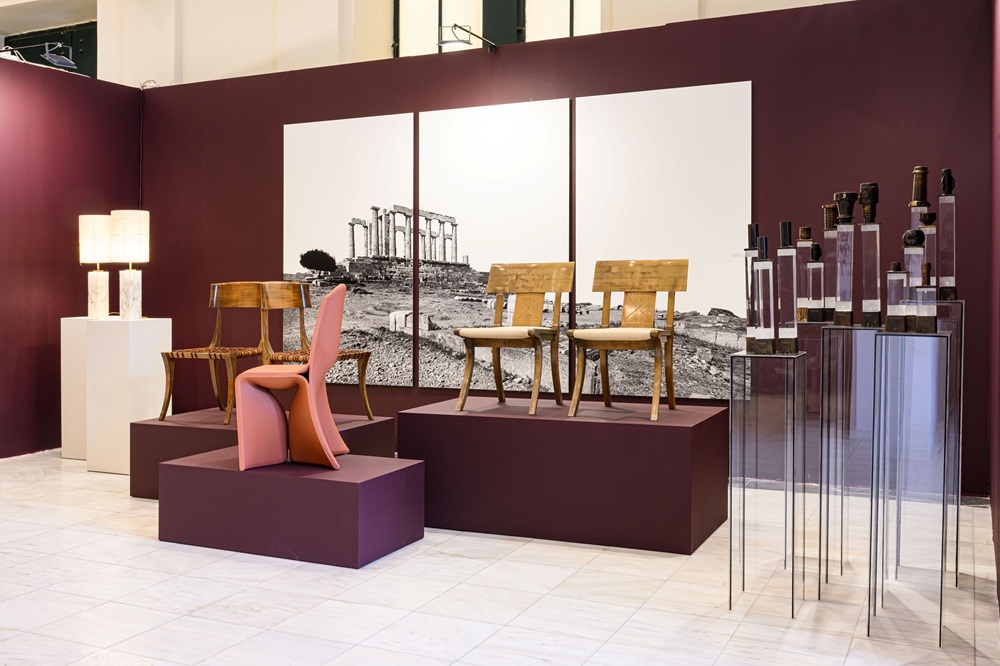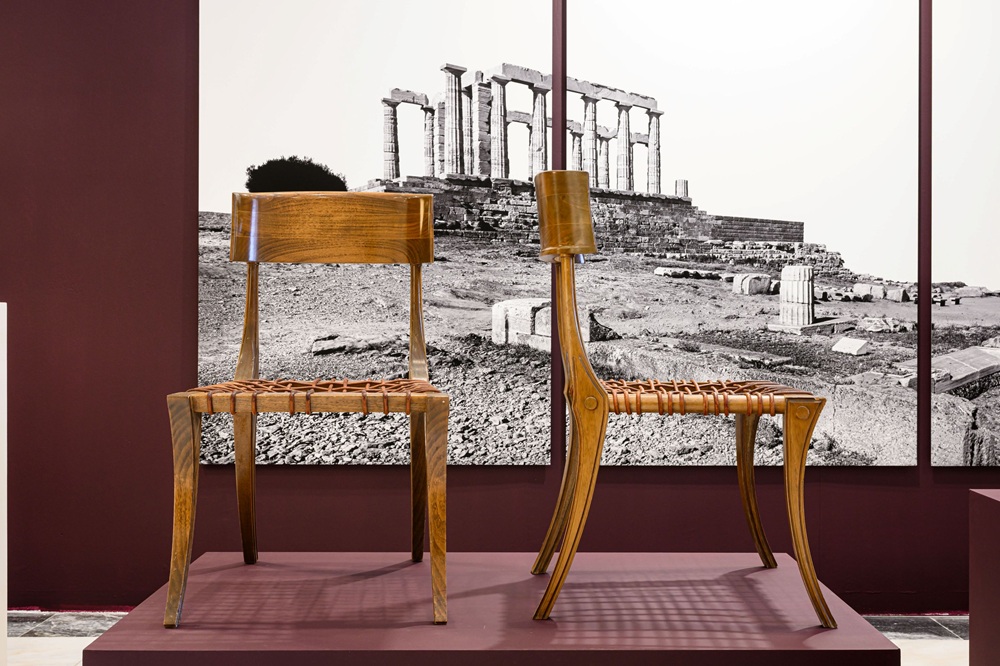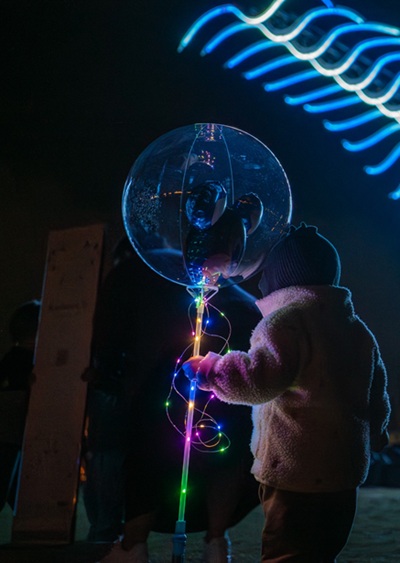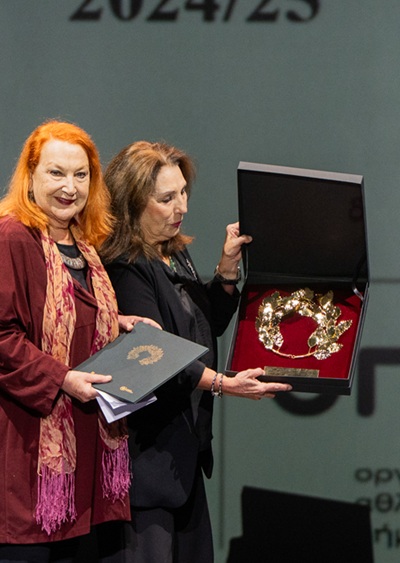
The Stefanidou Tsoukala Gallery (STG) participated in Art Athina this year with the exhibition “The Klismos Chair: A Seat Through Time,” which highlighted the timelessness of one of the most iconic design objects in history, connecting classical antiquity with contemporary creation and a sustainable future.
The klismos chair, which first appeared in Athens in the 5th century BC, embodied the ideals of proportion, elegance, and human-centered design. From depictions on vases and temples to contemporary revivals, its form has inspired leading designers, serving as a bridge between yesterday and today.

At the Stefanidou Tsoukala Gallery (STG) booth, visitors had the opportunity to discover an impressive journey through time. The presentation began with an authentic 20th-century klismos chair, designed by T.H. Robsjohn-Gibbings in collaboration with Susan and Eleftherios Saridis, which comes from a private collection. This was followed by a rare 1985 version, redesigned by the legendary David Hicks, at a time when he was a mentor to Veta Stefanidou Tsoukalas; a work that combines classic form with the innovative elegance of modernism. As a final touch, the gallery included in its presentation a contemporary version of the chair, from the collection of Blue Cycle, a pioneering Greek company dedicated to sustainable design. Made from marine plastic and other recycled materials, the Blue Cycle chair combines environmental responsibility with Mediterranean craftsmanship, opening up the discussion on the future of design through reuse and innovation.

The presentation was framed by an impressive triptych by Nicolas De Gres, depicting the Temple of Poseidon at Sounion in black and white. A monument inextricably linked to the sea, mythology, and classical architecture, it serves as a backdrop and source of inspiration, reinforcing the dialogue between past and present.
For this year’s presentation, Laura Tsoukala, owner and director of Stefanidou Tsoukala Gallery, said: “For me, the klismos chair is more than just a design object; it is a symbol of timelessness and cultural continuity. With this exhibition, we want to honor Greek heritage, highlight the creators who reinterpreted it, and incorporate sustainability into the dialogue on the design of the future.”







Leave A Comment